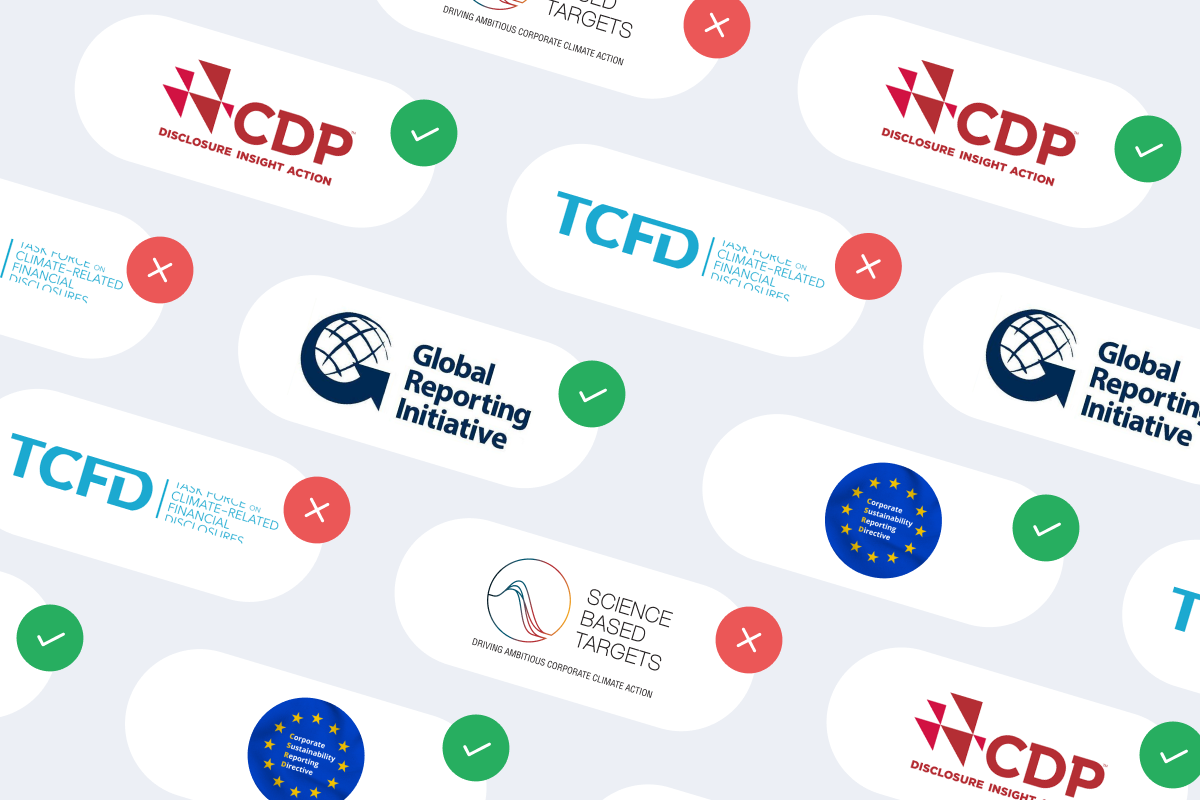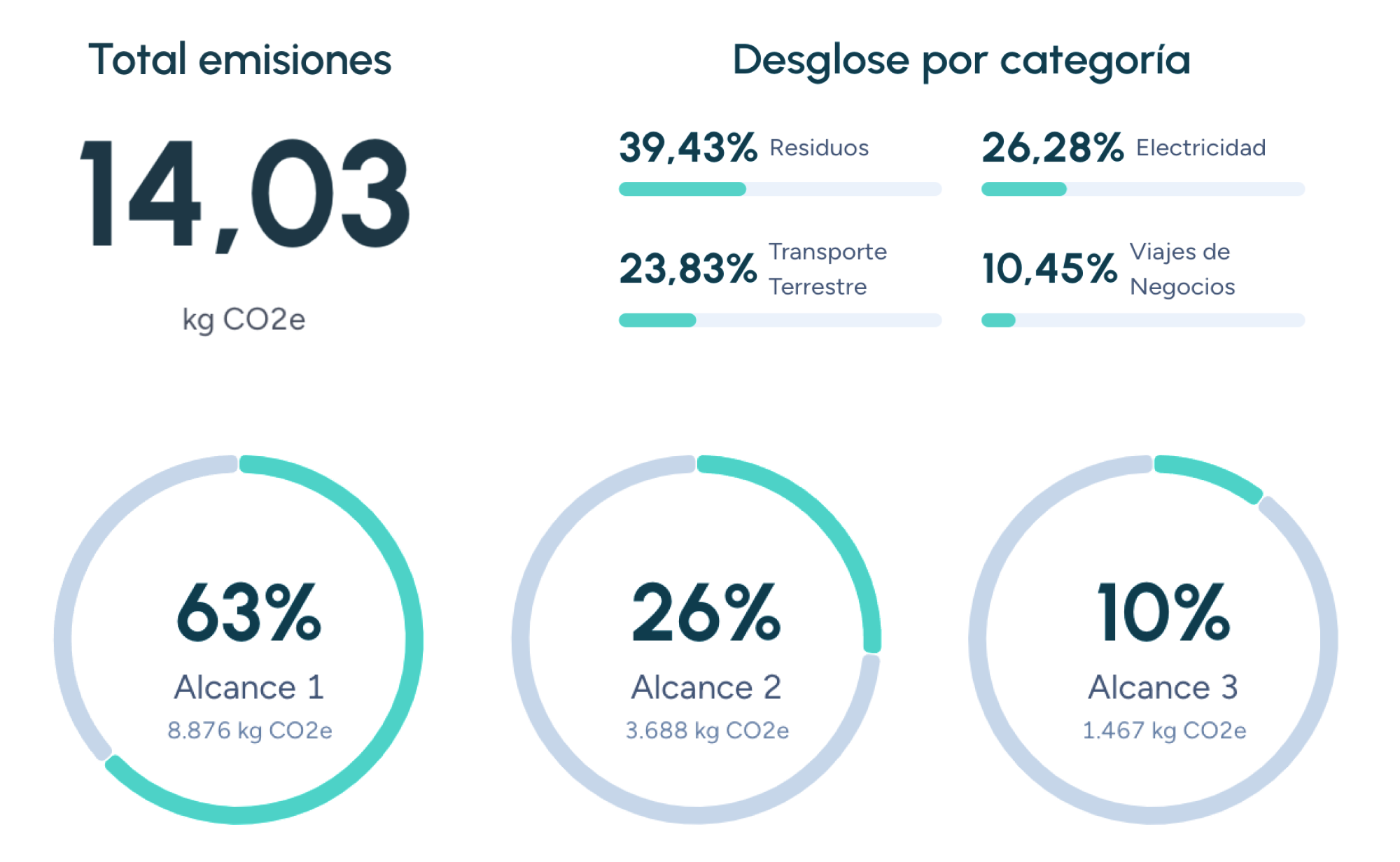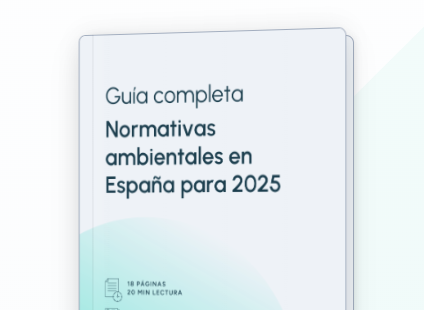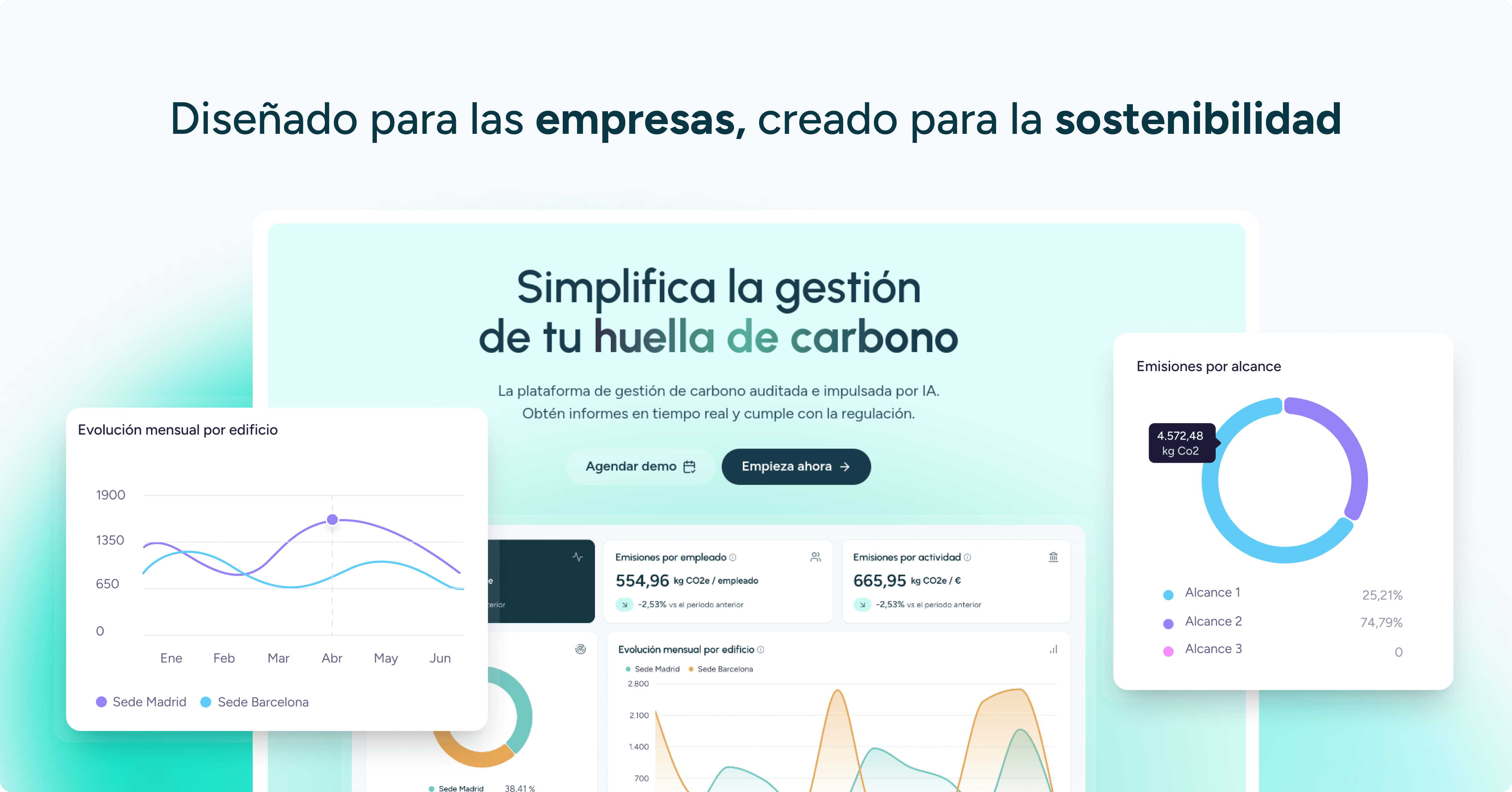International Energy Agency (IEA)
The International Energy Agency (IEA) is an intergovernmental organization that plays a crucial role in promoting sustainable energy policies worldwide. Founded in 1974, the IEA's primary objectives include ensuring energy security, fostering economic development, and mitigating the environmental impact of energy use.
In the context of carbon footprint measurement, the IEA is a key source of data, analysis, and recommendations for governments, businesses, and organizations.
What is the International Energy Agency (IEA)?
The International Energy Agency (IEA) operates under the framework of the Organisation for Economic Co-operation and Development (OECD). It was established in response to the 1970s oil crisis, initially to coordinate energy security measures among member countries. Over time, its mission has expanded to include sustainable energy transitions, renewable energy development, and climate change mitigation.
Currently, the IEA has 31 member countries and collaborates closely with partner nations and international organizations. Its core activities include energy data collection and analysis, policy recommendations, and strategic energy planning.
IEA’s key objectives
- Energy Security: Ensuring a reliable and affordable energy supply for member countries.
- Economic Development: Promoting energy policies that support sustainable economic growth.
- Environmental Sustainability: Encouraging the transition to cleaner and more efficient energy systems.
The role of the IEA in carbon footprint measurement
Carbon footprint measurement is a crucial step in understanding and reducing greenhouse gas (GHG) emissions, which contribute to climate change. The IEA provides tools, data, and methodologies widely used by governments and businesses to calculate carbon emissions.
Energy data and emissions tracking
One of the IEA’s most significant contributions is its extensive global energy data collection and analysis. This includes information on energy consumption, electricity generation, CO₂ emissions, and other key indicators. These resources are essential for calculating the carbon footprint of specific sectors, such as transportation, industry, and power generation.
For example, IEA data is used in the development of national greenhouse gas inventories, as required by the Kyoto Protocol and the Paris Agreement. Additionally, these data sets are compatible with international standards such as the GHG Protocol, which businesses widely use to measure and report their emissions.
Tools and methodologies
The IEA also develops guidelines and methodologies to facilitate emissions measurement. These include sector-specific recommendations on how to calculate carbon emissions and implement reduction strategies. Such methodologies are particularly valuable for businesses aiming to align their sustainability goals with global reporting standards.
IEA’s contribution to the energy transition
Beyond carbon footprint measurement, the IEA plays a crucial role in promoting the global energy transition by encouraging the adoption of renewable energy, enhancing energy efficiency, and reducing dependence on fossil fuels.
Decarbonization scenarios
One of the IEA’s most influential resources is its series of energy transition scenarios, such as the Net Zero Emissions by 2050 Scenario. These scenarios provide detailed roadmaps for achieving ambitious climate goals, including limiting global temperature rise to 1.5°C. Governments and businesses use these analyses to strategize their decarbonization efforts.
Sustainable energy policies
The IEA collaborates closely with governments to design effective and sustainable energy policies. This includes:
- Promoting regulations that encourage clean energy adoption.
- Establishing energy efficiency standards.
- Supporting technological innovation in the energy sector.
The importance of the IEA for businesses
For businesses, the data and resources provided by the IEA are essential for measuring and managing their carbon footprint. By using accurate data and proven methodologies, companies can:
- Identify major emission sources.
- Set reduction targets.
- Monitor progress toward sustainability goals.
What are the benefits of using IEA resources?
- Reliable Data: The IEA is a globally recognized source of energy and emissions data, ensuring accuracy in carbon footprint calculations.
- Alignment with International Standards: IEA methodologies are compatible with frameworks like the GHG Protocol, making auditing and certification easier.
- Strategic Decision-Making: IEA reports and scenarios help businesses develop effective sustainability strategies.
Manglai: Tools to optimize corporate sustainability strategies
The International Energy Agency (IEA) is a key player in the fight against climate change and the promotion of sustainable energy systems. Its data, tools, and policy recommendations are essential for measuring and reducing carbon footprints at both governmental and corporate levels.
For businesses looking to optimize their sustainability strategies, platforms like Manglai complement IEA resources by offering advanced solutions for carbon footprint measurement, data analysis, and decarbonization, all aligned with international standards.
Companies that already trust manglai

B Corp Certification
B Corp Certification is a global standard that validates companies for their commitment to sustainability and social responsibility, promoting practices that reduce carbon footprints and create a positive impact on society and the environment.
CBAM: EU Carbon Border Adjustment Mechanism
Analyse how the EU taxes imports according to their carbon footprint, the sectors affected, and the steps companies must take to prepare for 2026.
Carbon Border Adjustment Mechanism (CBAM)
The Carbon Border Adjustment Mechanism (CBAM) is a regulatory tool developed by the European Union to prevent carbon leakage and promote global decarbonization.
Guiding businesses towards net-zero emissions through AI-driven solutions.
© 2025 Manglai. All rights reserved
Política de Privacidad


